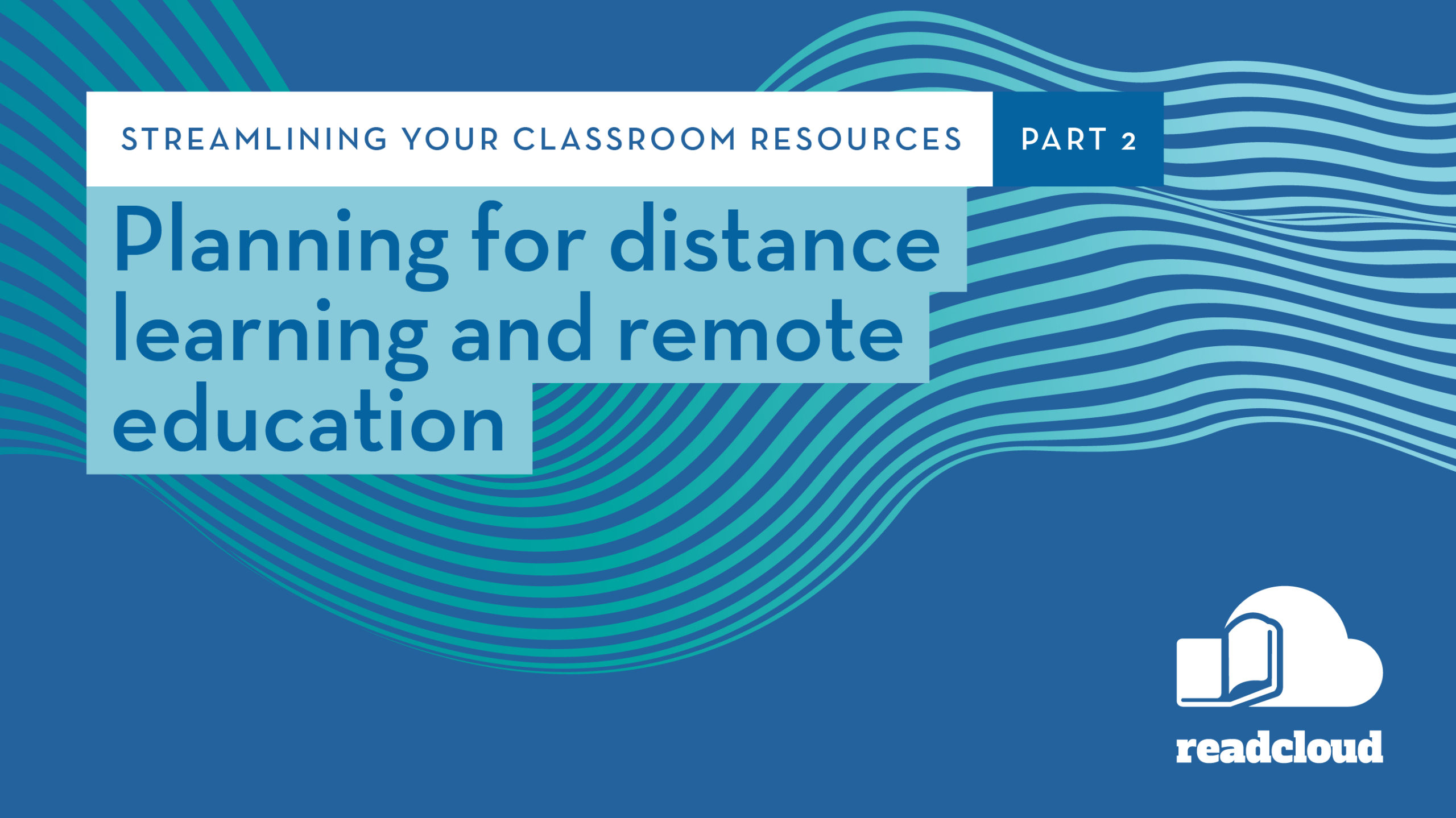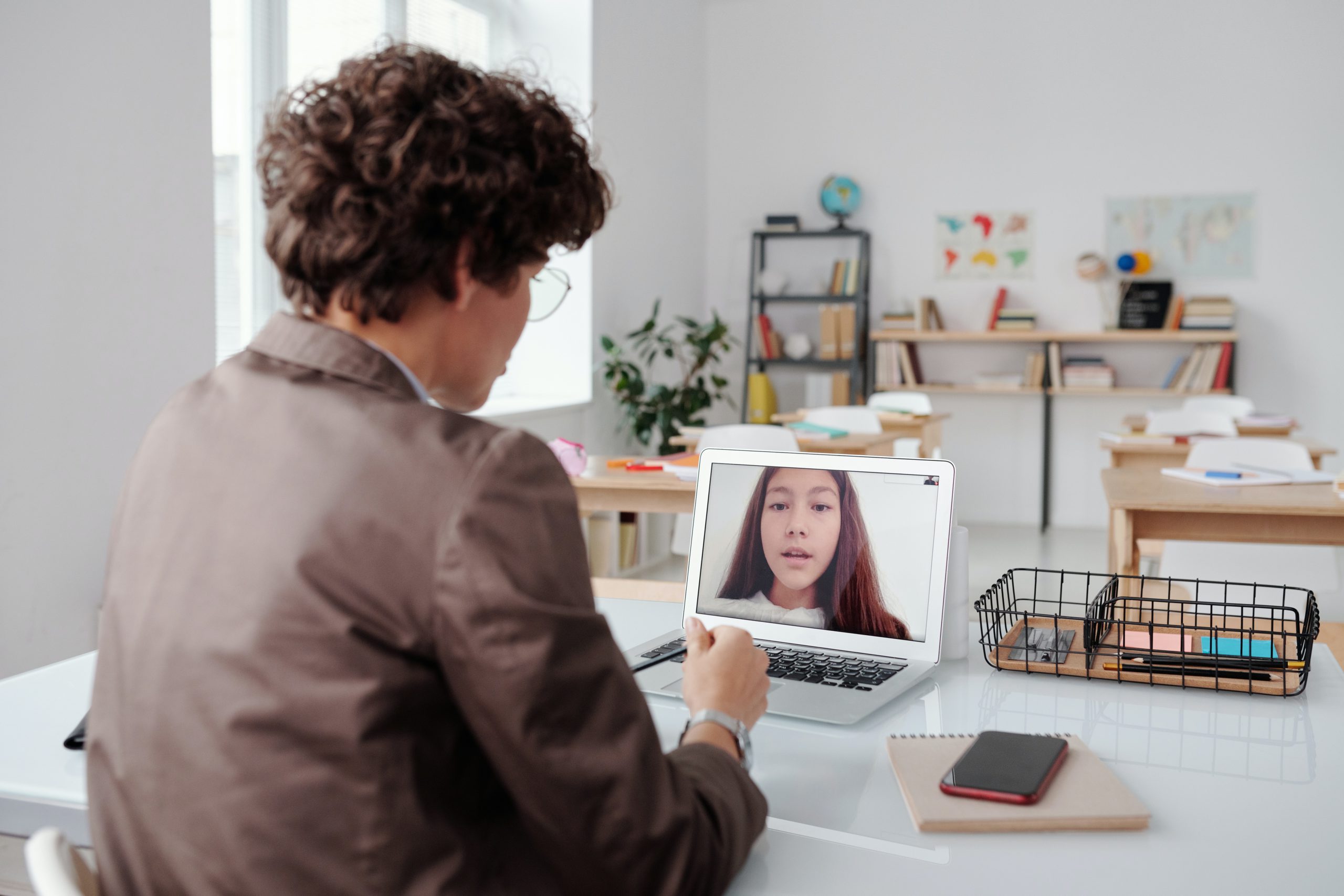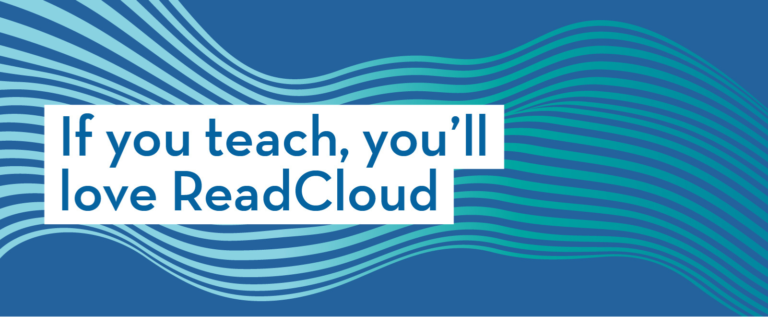
In Part 2 of our series on how schools and teachers can streamline their classroom resources, we look at the ongoing role of distance and remote education, and some of the most important factors to plan for.
Back-to-school is a little different at present because of the past two years. As well as the many things teachers typically have to consider, they are also cognisant that remote and distance learning is now a part of schooling. Finding a way to include remote learning lessons in the curriculum is just another way teachers are adapting and streamlining the classroom with some states mandating that schools be prepared.
There are several steps that teachers can take to help ensure the success of distance learning lessons and enable them to plan and tick off a 2023-ready back-to-school checklist that incorporates remote learning.
Distance Learning and Teaching are here to stay.
Many teachers were heavily affected over the past two years by a frantic transition to Distance Learning Mode (DLM).
Some concerns teachers may still have include:
- What if they had to transition to DLM again?
- How will they keep up student engagement that was battered over the past few years?
- How will the resources they have spent hours creating transition to an online model?
- Do they have their subject areas covered for DLM?
- How has their knowledge of online learning grown over the past couple of years?
Luckily DLM is not a bad thing.
Recent studies have indicated that DLM need not be detrimental to students’ learning experiences as technology has been identified as an enhancer for student engagement. The instructor’s ability and confidence in this solution is the most crucial component affecting this combination.
Chloe D’Angelo in The Impact of Technology Integration (2018) lists many advantages of the use of technology for students:
- they participate in higher-order thinking,
- technology enhances communication, and
- students engage in collaborative problem-solving activities and discussions.
With DLM, students can critically reflect on the content they are involved with and expand upon their technological digital competencies which is a general Australian Curriculum capability.
D’Angelo also asserts that studies have compared differences in academic achievement between students who have been taught with technological enhancement (i.e. lecture recordings and podcasts) and those who have been trained without it. The results demonstrated that students who learnt academic content in the technology-enhanced classroom outperformed those who understood the content without technology.
Here are a few suggestions for teachers to consider as part of planning for Back to School 2023.

Make sure distance learning is effective and accessible for all students.
For distance learning to be feasible, let alone effective, students and teachers alike need to be able to access content, resources and instruction when it is required.
Devices
Devices are a crucial component of distance learning and schools should focus on ensuring that every student has access to a device with minimum requirements. These include the ability to install and access learning software as well as take part in video conferencing and other online learning platforms.
Bandwidth
Internet access is also fundamental and something some schools take for granted but presents challenges for remote schools. Both teachers and students must have enough bandwidth so that students don’t experience any lag time when they’re interacting with each other or teachers through chat boxes or video sessions.
Offline Access
Some people won’t be able to access the Internet or have the opportunity to do so and technical difficulties also occur from time to time. Having a plan B is essential. Offline access to content and resources is a helpful solution that can ensure that student learning disruption is minimal when they cannot access online learning tools and platforms. This will help to serve as a bank of resources that students can rely on.
Recording lessons as you teach them will also allow you to share the lesson with students who may have missed it or want to review it again. This is also a good way to keep recordings for future reference so that when you’re planning your lessons and trying to come up with ideas, you can look back at what worked well in the past.
Have the right technology and tools available.
Have you considered the plethora of technological tools that can assist you with a return to the classroom with ease? There are a number of tools that a teacher can use as part of their distance learning toolkit including the following:
Communication and collaboration tools
Are you familiar with and know how to use Zoom, Microsoft Teams, or your school’s Learning Management System (LMS) in DLM? Are you up to date on how to use Google Docs and Google Classroom, Padlet, Trello and others that can make DLM happen with ease?
There are many communication and collaboration tools available to teachers and classrooms, each requiring varying levels of proficiency and expertise. The key to successfully using them is how they integrate with the rest of your tools including content and learning resource platforms, timetabling as well as feedback and assessments. Integrations (particularly those with LTI) make your life easier by ensuring data can pass seamlessly between different tools and don’t require you to be opening multiple apps in one go or copying and having to paste data.
Content and resource platforms
Your resourcing strategy must also adapt to Distance Learning Mode which includes both selection, procurement, access, integration and delivery for the home learning environment. Ask yourself and evaluate:
- Can I flip to an online model with your current resources?
- What do I need to think about enhancing or replacing your current versions?
- Are the resources only for the physical classroom, or can they transition to DLM?
- Do they meet my students’ individual needs?
As ACER notes, making sure all students have access to classroom resources such as textbooks and study guides in a home learning environment is crucial. This will allow them to access materials from anywhere in the world, at any time during the school year (even outside of school hours). Students may be using different internet connections or devices, so make sure that everything they need is easily accessible from any computer or mobile device.
Physical tools
Distance and remote learning while conducted over the internet still require some key physical elements. These include
- A webcam: This is essential for video chats or live video lessons and it’s often worth investing in a high-quality webcam to make engagement with students easier.
- Speakers: If possible, make sure that you have external speakers for your computer so that you can hear students clearly without the need for headphones.
- Microphone: Having a high-quality mic can be helpful not only for sounding clear but also to record audio files for tests and assignments.
Planning for distance learning continues to be important for Back to School.
So with DLM being a core part of schooling today, are you and your school prepared for DLM if it happened again? Taking the time to evaluate the different components of your remote and distance learning setup now can help ensure you’re prepared for the coming school year. You will able to minimise some of the common challenges and frustrations that disrupt teachers and classroom organisation and feel confident if the transition occurs again.




